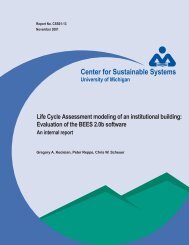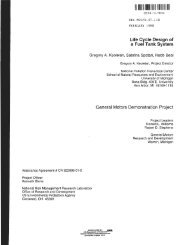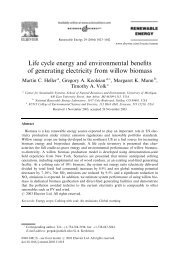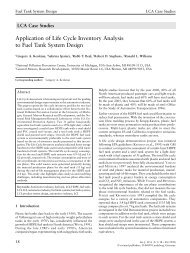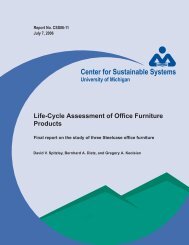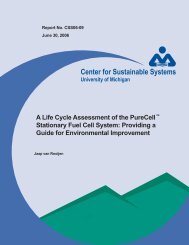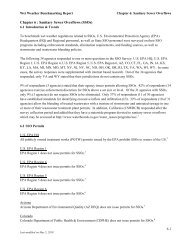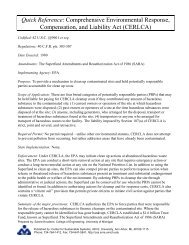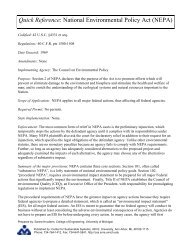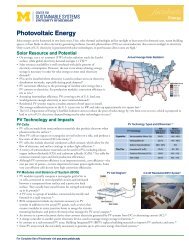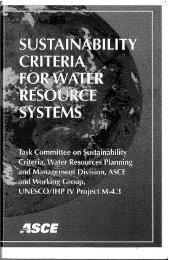Life Cycle Optimization of Residential Air Conditioner Replacement
Life Cycle Optimization of Residential Air Conditioner Replacement
Life Cycle Optimization of Residential Air Conditioner Replacement
Create successful ePaper yourself
Turn your PDF publications into a flip-book with our unique Google optimized e-Paper software.
Table 5.7: Impact <strong>of</strong> Carbon Price on Cost Optimal SolutionCity CarbonCost($/ton <strong>of</strong>CO 2 eq.)Schedule<strong>Life</strong><strong>Cycle</strong>Cost(2009$)Ann Arbor No Tax 1985, 1995, 2008 $21,600$50 1985, 1995, 2008 $23,000$100 1985, 1995, 2008 $24,300$200 1985, 1995, 2008 $27,000SanAntonioNo Tax 1985, 1995, 2008 $45,600$50 1985, 1995, 2008 $49,200$100 1985, 1995, 2008 $52,800$200 1985, 1995, 2008 $60,100Creating a cost <strong>of</strong> carbon up to $200 per ton <strong>of</strong> carbon dioxide had no impact on the actualreplacement dates. Since the final replacement date remains 2008, the carbon cost introducedin 2009 would only serve to raise the cost <strong>of</strong> operating the unit from 2009 until the end <strong>of</strong> thetime horizon.It is important to note that the model does not reflect changes to the forecast for averageefficiency <strong>of</strong> units sold as a result <strong>of</strong> carbon pricing. This model also does not reflect changes inthe emission factors <strong>of</strong> the electricity grid as a result <strong>of</strong> carbon pricing. It is likely that lesscarbon intensive generation methods would be adopted since a carbon price <strong>of</strong> $200 per toncould double or triple the price <strong>of</strong> electricity in most NERC grids. Finally, these dramaticincreases in the price <strong>of</strong> carbon would also change consumer patterns and reduce airconditioning demand in favor <strong>of</strong> ceiling fans and other methods <strong>of</strong> cooling. All <strong>of</strong> these factorsgreatly limit the accuracy <strong>of</strong> the optimization for forecasting actual lifecycle costs under acarbon pricing regime. Instead, these results should be viewed as an upper bound <strong>of</strong> lifecyclecosts over the time horizon.



